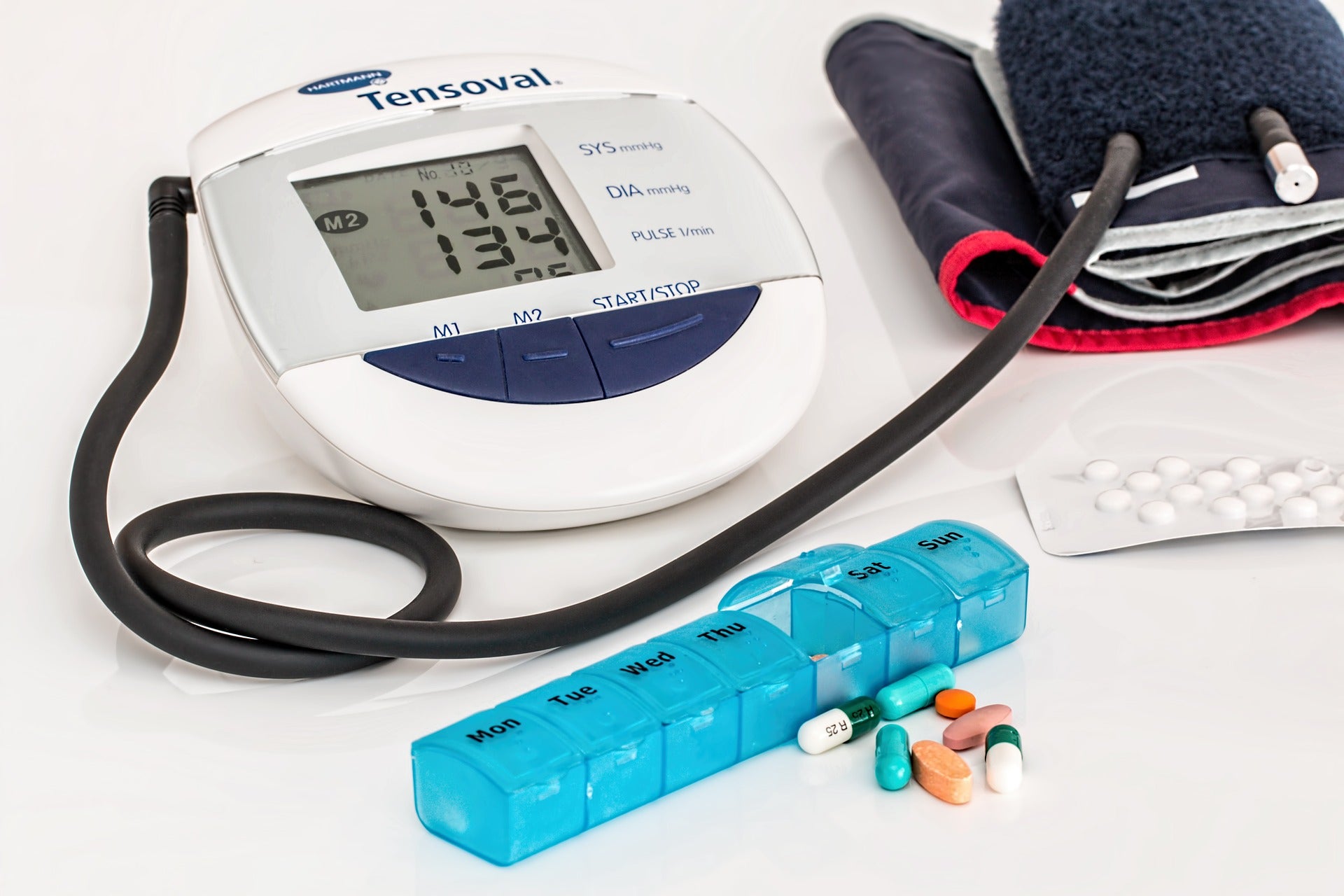The American Academy of Pediatrics (AAP) released new guidelines in 2017 for the classification of hypertension in children and adolescents (1–18 years), replacing the 2004 National Institutes of Health/National Heart, Lung, and Blood Institute (NIH/NHLBI) guidelines.
The updated AAP guidelines include new blood pressure (BP) cutoffs based on normal-weight children only; previously, the 2004 guideline included overweight or obese children, thus skewing BP cutoffs to a higher threshold. With the new classification, the BP cutoffs minimise bias to allow for a more precise classification of BP levels according to age, sex and height.
To assess the impact of these new guidelines on the total prevalence (including undiagnosed and diagnosed cases) of hypertension in children and adolescents, the Centers for Disease Control and Prevention (CDC) recently published a study, by Al Kibria and colleagues, that compared the two classification schemes.
The CDC analysed national data collected by the National Health and Nutrition Examination Survey (NHANES) across two survey periods (2005–2008 and 2013–2016) in children and adolescents ages 8–17 years. From 2008 to 2016, the total prevalence of hypertension decreased from 3.10% to 1.90% in applying the 2004 guidelines, whereas the total prevalence of hypertension decreased from 5.70% to 3.50% in applying the 2017 guidelines (as shown in Figure 1).
It is evident that the new guidelines reclassify a small proportion of children and adolescents as being hypertensive. While there is an increase in total prevalence when comparing the two classification schemes across study periods, the declining trend in prevalence is still present. GlobalData epidemiologists believe that although the new guidelines will result in an increase of the hypertensive population, the newly reclassified individuals will benefit from earlier hypertension awareness, prevention, and control, as well as reduce their risk for future cardiovascular disease.
Figure 1: US, total prevalence of childhood hypertension stratified by guideline definition and study period, both sexes, ages 8–17 years, %

Source: GlobalData. © GlobalData





